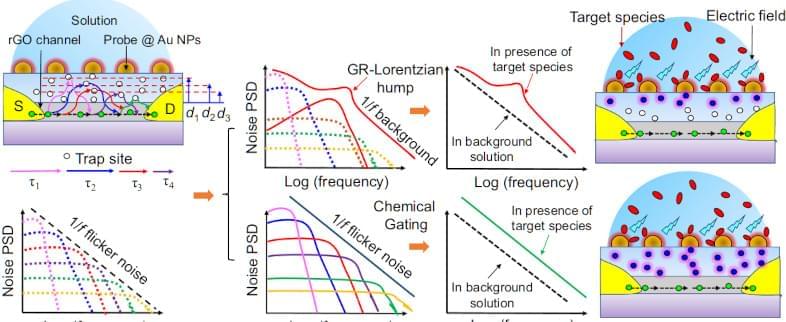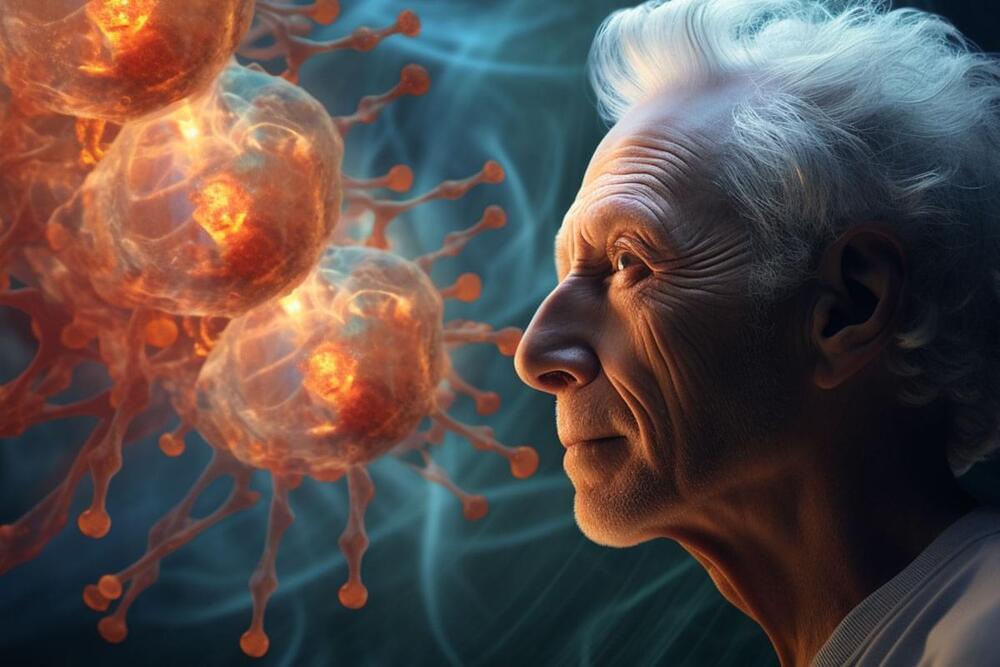GM’s self-driving robotaxi unit, Cruise, is poised to deploy a small fleet of autonomous cars in Seattle, Washington. The initial deployment of the vehicles will reportedly include safety drivers.
Cruise’s deployment in the city will begin in sections of downtown Seattle, Capitol Hill, Queen Anne, Fremont, the University District, and West Seattle. From this, Cruise would be able to collect valuable real-world data. The robotaxi provider would be joining other self-driving units that are also operating in Seattle today, such as Zoox.
In a comment to Geek Wire, Cruise executive VP of engineering Mohamed Elshenawy noted that Seattle would be a great testing ground for the company’s self-driving robotaxis. The city, after all, features hilly areas and inclement weather conditions, which should present Cruise with some interesting edge cases and challenges.
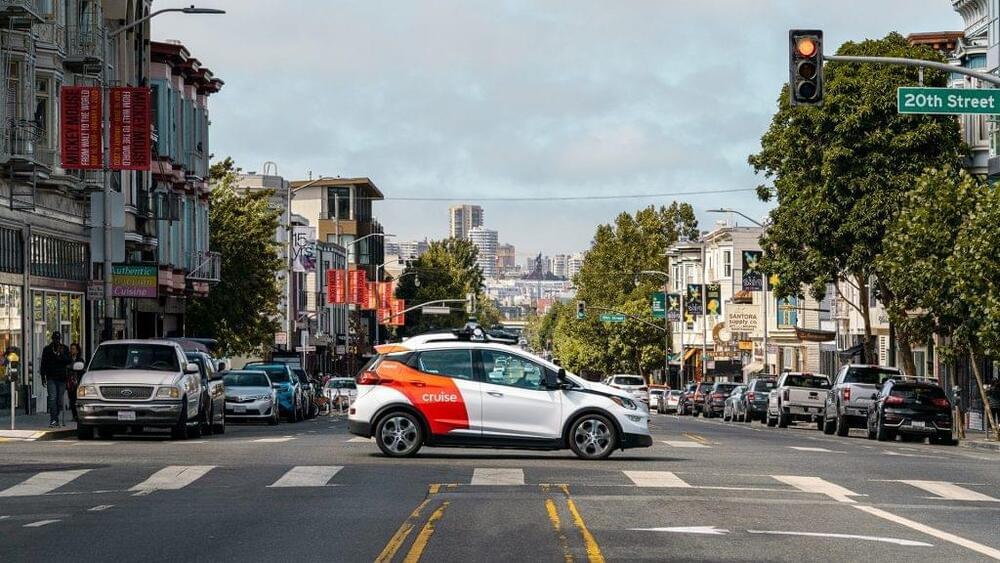

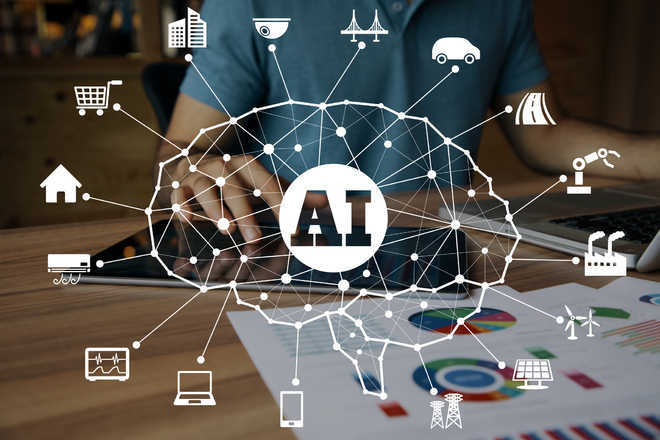

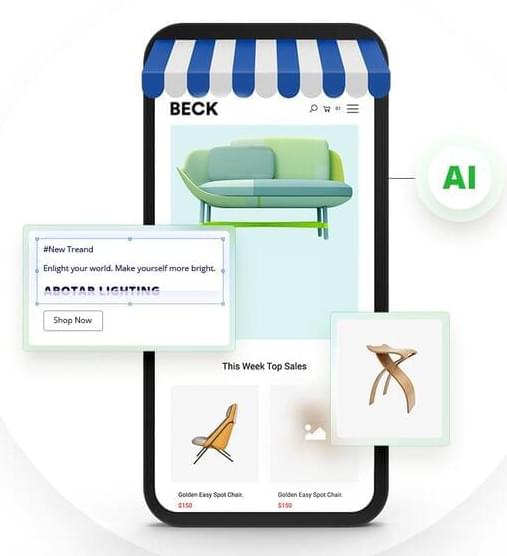

 עברית (Hebrew)
עברית (Hebrew)
